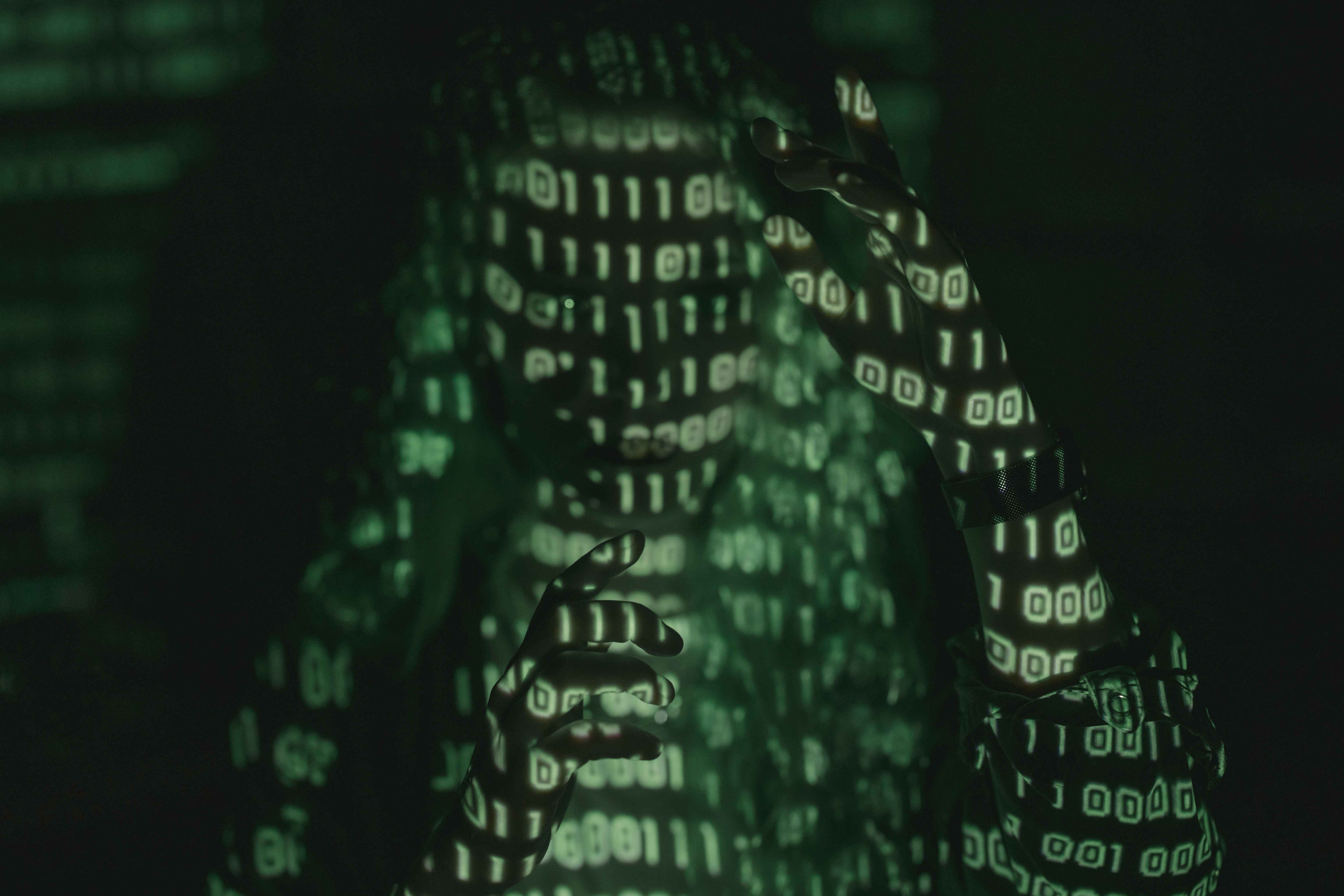Welcome to the captivating realm of computer science, where numbers reign supreme and unlock the hidden wonders of our digital universe. In this digital age, everything from the text we read to the images we see is encoded and decoded using the enchanting power of numbers. Join us on a journey through the fascinating realms of computer science as we explore the intricate relationship between numbers, ASCII, Unicode, and the captivating ways they shape our digital experiences.
The Language of Computers: Binary and Beyond: Unleashing the Power of Zeros and Ones
At the core of every computer lies the binary system, an astonishing language that reduces all information to a series of zeros and ones. It forms the foundation of digital data representation and communication, enabling information to be stored, processed, and transmitted through electronic circuits. But how do we bridge the gap between the binary world and human comprehension? This is where ASCII and Unicode come into play, unraveling the mystery and providing us with meaningful and understandable digital communication.
Binary: A Language of Precision and Simplicity
Within the intricate tapestry of computing, the binary system stands as an emblem of remarkable precision and simplicity. Operating on just two digits, zeros and ones, it represents all forms of information, from text and numbers to complex images and multimedia. Every piece of data, whether it's the lyrics to a song or the vivid pixels of an image, is translated into a unique combination of zeros and ones where zero '0' represent off and one '1' represents on. This mastery of the binary language enables computers to effortlessly navigate the digital realm, processing vast amounts of data with exceptional speed and accuracy.
“The computer was born to solve problems that did not exist before.”
Bill Gates, Microsoft founder and former CEO, philanthropist
The Quest for Human Understanding: The Birth of ASCII
While the binary system forms the foundation of digital communication, it poses a challenge for human interpretation.ASCII (American Standard Code for Information Interchange), a pioneering character encoding standard that acts as a digital Rosetta Stone. ASCII assigns unique numeric values to each character, transforming seemingly arbitrary combinations of zeros and ones into meaningful symbols that we can read, write, and understand. Originally designed for the English language, ASCII introduced a standardized system where characters like letters, digits, punctuation marks, and symbols were represented by specific numeric codes. This groundbreaking achievement revolutionized the digital representation of written language, shaping the landscape of computing forever.
The Evolutionary Leap: Unlocking Multilingual Expression with Unicode
As the world embraced the digital age and interconnectedness flourished, the limitations of ASCII became evident. To accommodate diverse languages and writing systems, Unicode emerged as a transformative leap forward. Unlike ASCII, Unicode expanded character encoding to encompass a vast array of languages, scripts, and symbols from around the globe. Each character in Unicode is assigned a unique code point, often represented by hexadecimal numbers. This enables computers to represent a wide range of linguistic and cultural expressions. Unicode opened the doors to seamless multilingual communication, empowering users to type, display, and transmit text in various languages. From Chinese characters and Arabic script to Cyrillic alphabets and more, Unicode bridged cultural gaps, ushering in a new era of global connectivity and expression.
A Symphony of Numbers and Communication:
Reflecting on the captivating realms of computer science, we witness the extraordinary role that numbers, ASCII, and Unicode play in shaping our digital landscape. From the precise intricacy of binary code to the comprehensive character encoding of ASCII and Unicode, these numeric enigmas intertwine, creating a symphony of communication that transcends language barriers and embraces the diversity of human expression. In the enchanting realm of computing, where zeros and ones dance harmoniously, every pixel, every line of text, and every piece of data becomes a testament to the power of numbers, unlocking extraordinary possibilities in our interconnected world.
Conclusion:
As we conclude our exploration of the captivating world of computer science, we have witnessed how numbers, ASCII, and Unicode shape our digital landscape. From the binary origins of computing to the comprehensive character encoding of Unicode, the power of numbers has paved the way for our interconnected, multilingual digital world. So, the next time you send a text message or browse the web, take a moment to appreciate the remarkable journey that occurs behind the scenes, where numbers work their magic to transform our digital experiences. As you embark on your own journey into the realm of computer science, may the fusion of numbers and technology continue to unlock new possibilities, foster innovation, and bridge the gaps between cultures and languages.

